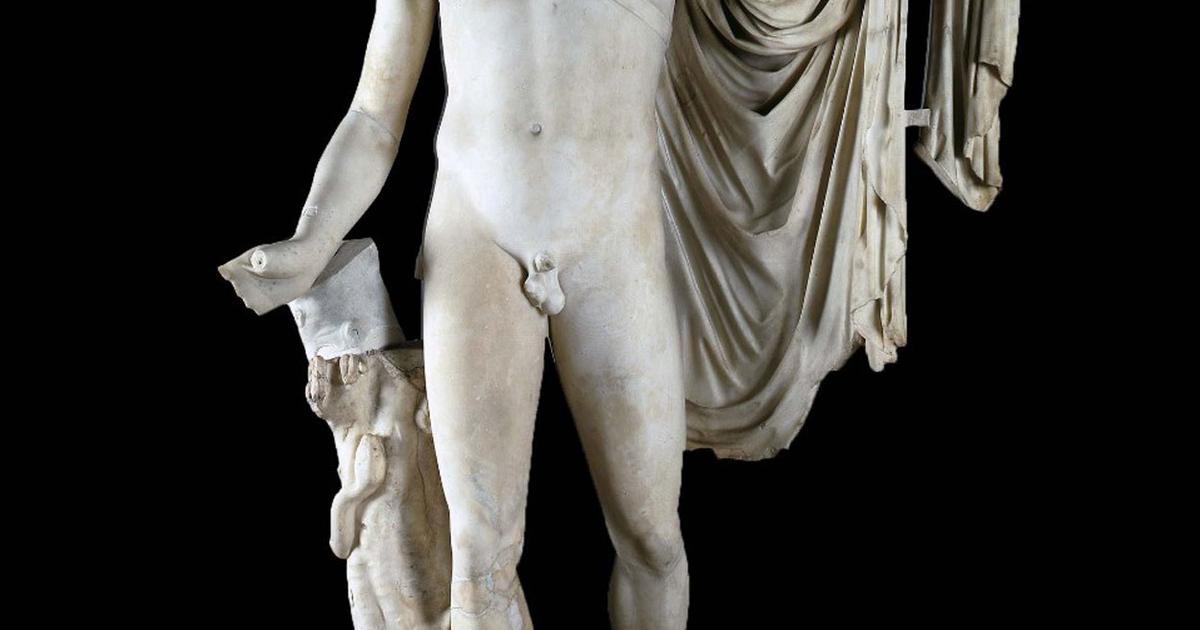Lise Meisner was born in Vienna in 1878 into an upper-middle-class Jewish family.
Her father was a prestigious lawyer.
Since she was little, she was interested in mathematics and physics.
At the University of Vienna she was a student of Ludwig Boltzmann, one of the most brilliant physicists of all time.
She tried to work with Marie Curie in Paris, but was not accepted.
In order to support herself, she taught at a school in the mornings and did research in the afternoons.
Despite the fact that she had already developed her first research, she was not comfortable in Vienna and she saw that there she could not pursue her career as a scientist.
With the help of her parents, she settled in Berlin.
In 1907 she went to Humboldt University to take classes with another great physicist, Max Planck.
At that time, Prussian universities did not admit women, but she was an exception.
To continue investigating, she went to the Institute for Experimental Physics, where the scientist Otto Hahn showed interest in doing research with her.
Due to her status as a woman, she had no right to a contract or salary, she could not even use the institution's bathroom, having to go to a nearby restaurant, and she was forced to enter the building through a back door, to respect men-only conventions.
In 1912, Otto Hahn received an invitation to move to the Kaiser Wilhelm Institute for Physics, which he accepted and continued to count on Meitner, but as an unpaid assistant.
She was ultimately hired at the bottom of the researcher ladder.
In the period between the two world wars, Lise Meitner and Otto Hahn discovered a new chemical element which they called protactinium.
In the thirties, following the Nuremberg racial laws, she Lise was dispossessed of all her academic positions for having Jewish ancestry, although this did not prevent her from continuing to investigate in Germany.
There came a time when the situation for Meitner became untenable in Germany, so he had to escape in a movie escape.
Some of the most famous physicists in history participated in the plan to avoid being captured by the Nazis, such as Niels Bohr or Dirk Coster, discoverer of the chemical element hafnium, who posed as her husband so that he could leave Germany and cross the border. to Holland and from there, via Copenhagen, to stop in Sweden.
This happened at the same time as some of the most momentous discoveries were happening.
In 1938, Otto Hahn and Fritz Strassmann had discovered that by bombarding different atoms with neutrons, isotopes of different atoms were formed, something they could not explain.
Meitner and Hahn described, in an article published in the journal
Nature
in 1939, that what they were seeing was evidence that nuclear fission was taking place, whereby unstable atoms are split in a process in which energy is released.
Nuclear fission is the basis of all atomic weaponry and also of nuclear energy.
The problem is that the article was only signed by Otto Hahn, claiming that the authorities were not going to let it be signed by a Jewish author.
And that Lise Meitner did not sign the article, despite having carried out the research herself, was the argument used by the Nobel Commission when in 1944 it awarded the Nobel Prize to Otto Hahn alone for the discovery of atomic fission.
The reality is that the interpretation of the results was the work of Lise Meitner, although she was left without the award.
Lise Meitner's contribution to humanity does not end here.
In 1942, when she was in exile in Sweden, she was offered a visa to the United States and to join the Manhattan Project that was developing the atomic bomb.
A job that would have made life easier for her to get away from Europe, but she flatly refused because she said that she did not want to participate in the manufacture of any bombs, since that was against her principles.
She finally made it to the United States in 1946, where President Harry S. Truman, ultimately responsible for dropping the first atomic bomb, received her with full honors and was named woman of the year.
Hollywood did not miss the story of her escape and offered to shoot a movie telling her story.
She also refused, she assured that nothing they were going to tell made sense.
posthumous recognition
— The story of Lise Meitner contains one of the greatest injustices committed by the Nobel Prize winners.
She was nominated numerous times, but she never got it.
As reparation, she was invited to participate in the 1962 Lindau Nobel laureate meeting.
In 1997, years after her death on October 27, 1968, she received one of the highest honors a scientist can aspire to.
The chemical element 109 is named after her.
Because the number 96—curium—was named after Pierre and Marie Curie but using her husband's last name, meitnerium became the only element on the periodic table named after a woman.
JM Mulet is Professor of Biotechnology.
Subscribe to continue reading
Read without limits
Keep reading
I'm already a subscriber




/cloudfront-eu-central-1.images.arcpublishing.com/prisa/OCEVHJEFHRFUTE37TBGEDFHUCI.jpeg)
/cloudfront-eu-central-1.images.arcpublishing.com/prisa/Y4MHAVMSARAHXJ6C5MX3736TOY.jpg)



